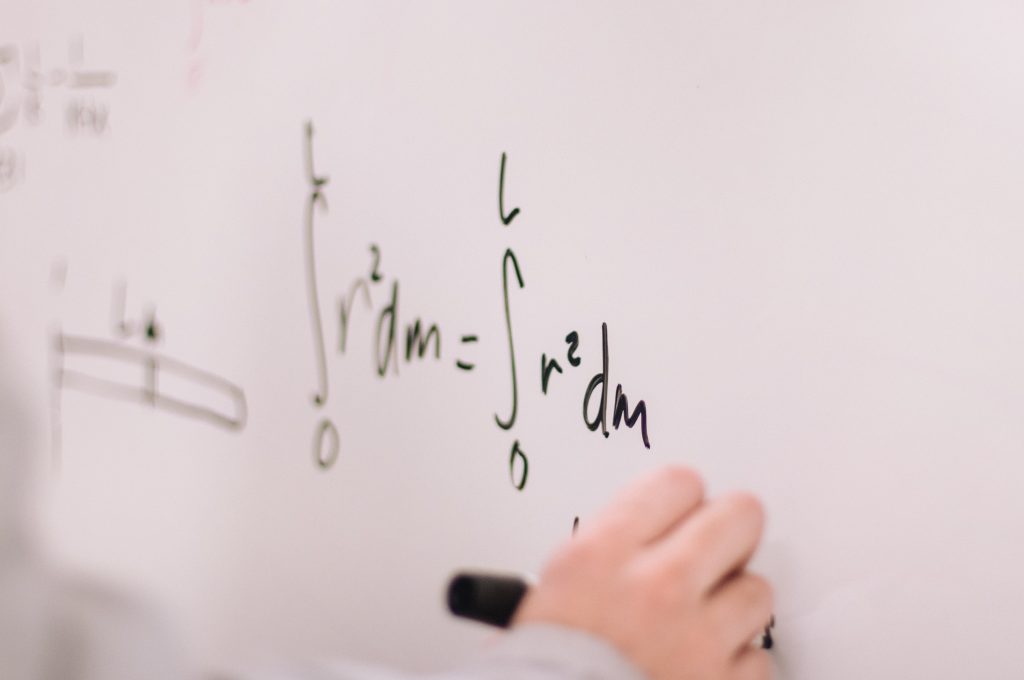“Who Plays the Lottery More, Men or Women?”
A huge jackpot is the main factor drawing people to play the lottery and encourages those who have never previously played to purchase lottery tickets. Are all demographics attracted to the lottery to the same degree? Is it true that the poor play more than the richer people? Do older people play more than their younger counterparts? Do the unemployed play the lottery more than those with jobs?
What about the most basic question: who plays the lottery more, men or women? The answer to that question may surprise you.
Today, we are careful not to discriminate by gender. Men and women were created equal, after all, and it would not be politically correct to suggest otherwise. Even so, when it comes to playing the lottery, there seems to be behavioural differences between the two genders. As can be seen in the conclusions of studies conducted to learn about gambling habits and lottery gaming, which are summarized below, it appears that men play the lottery more than women.
“Males Have Higher Levels of Lottery Play Than Females”
In 2010, the Journal of Gambling Studies published results that reviewed gambling habits and lottery play. The survey found, as could be expected, that the poor are more likely to buy lottery tickets than richer people, who don’t have to worry about their finances. A second study in that same journal, published two years later, found that that lottery play was higher among minority groups and people in the lowest socioeconomic status levels.
According to the 2012 study, entitled Gambling on the Lottery: Sociodemographic Correlates Across the Lifespan, “males gambled on the lottery more than females (18.3 days in the past year for males, versus 11.7 days for females). Comparing the datasets of surveys conducted six years apart in the early 2000s, the study found that “gender was highly significant in predicting the amount of gambling on the lottery; males had a 64% increase over females in the number of days they gambled on the lottery.”
The finding that “males have higher levels of lottery play than females is consistent with gender-related findings for gambling as a whole and for other correlated behaviours, namely, alcohol and other substance use,” the study said.
“Men Are More Likely to Play the Lottery Online”
An article in September 2013, written by Dan Fergusson at customer intelligence, presented four surprising facts about lottery players’ behaviour, attitudes, and experiences in the United States. One of the ‘surprising facts’ related to the difference between the genders.
“In general, men are more likely to play the lottery (55% vs 42% of women) but it was also found that men are more receptive to lottery online gaming,” the paper said. “18% of the lottery players we surveyed indicated that they are likely to purchase lottery tickets online, whereas only 12% of women are likely to do so.”
“Lottery Players Are Not Always Evenly Split Between Men and Women”
In the United States, many surveys of lottery player demographics have been conducted on the state level and the results have not always been the same.
Florida Lottery’s Player Demographic Data for 2014 showed that 51% of their players were male, compared to 49% of females. On the other hand, the California Lottery reported in 2015 that “lottery players are about evenly split between men and women” in the state.
An interesting finding was presented by the University of Houston in its Demographic Survey of Texas Lottery Players 2016. This survey* showed that while the participation rate in the state’s Lotto game was the same for men and women, in multi-state lotteries, it was much higher for men than women.
|
Lottery |
Participation Men |
Participation Women |
|
Multiple lotteries |
65.1% |
65.8% |
|
Mega Millions |
68.6% |
60.6% |
|
Powerball |
68.3% |
56.6% |
*The survey was conducted among 1,685 Texas residents aged 18 years and older in the summer of 2016.
![]()
“The Average Lottery Player Is Male”
According to research commissioned by the National Lottery Commission in South Africa, published in 2011, the average lottery player in South Africa was 35 years old, male, unemployed, with a primary school education, and earning less than minimum wage.
The annual Health Survey for England (HES)* found that in 2012 the participation statistics in the National Lottery accounted for the majority of total gambling activity in the UK and participation rates were higher for men than women.
|
Activity |
Participation Men |
Participation Women |
|
National Lottery |
56% |
49% |
|
Scratch cards |
19% |
20% |
|
Other lotteries |
14% |
14% |
*The survey interviewed more than 8,000 adults in private households around England over the course of 2012. The percentages show the participation rate of the surveyed group in the activities.
“Males Tended to Gamble More Frequently Than Females On … Lottery-Type Games”
Perhaps the most exhaustive study on the subject was published by the Victorian Responsible Gambling Foundation in Australia, in November 2014. The conclusion of “A comparative study of men and women gamblers in Victoria” was that “males tended to gamble more frequently than females on most gambling forms, including … lottery-type games … although they were less likely than women to gamble on raffle, sweeps, competitions and bingo type games.”
Some of the findings of the study showed that the behavioural attitudes toward gambling were exactly the same for men and women. The highest gambling participation for both genders was in lottery-type games.
The top three gambling activities were the same for males and females according to the Victorian study. In first place was Lotto, Powerball, and the Pools followed by raffles, sweeps, and other competitions and horse race betting.
“Women Are More Likely Than Men to Play Scratch Cards”
The Victorian study concluded that men play the lottery (draw games) more than women, however women were more likely than men to participate in scratch cards, bingo and raffles, according to the study.
“Younger women were more likely than older women to participate in scratch tickets while older women were more likely than younger women to take part in lottery-type games,” the study said. The same results were reached when comparing younger men to older men.
The study also considered the nature of the differences between the sexes, stating that in general, “men prefer strategic forms of gambling (blackjack, cards, sports betting), whereas women prefer non-strategic forms such as slot machines, video poker and bingo.”
According to another Australian survey, conducted by the Queensland Government in 2012, “female gamblers preferred lottery and bingo more than male gamblers, although men were more likely than females to prefer all other forms of gambling.”
“Why Do Men and Women Play the Lottery Differently?”
The Victorian comparative study of men and women gamblers determined that “men were significantly more likely than women to gamble for social reasons or entertainment, while women were more likely to gamble for charity or because gambling reduced stress, loneliness and boredom.”
These differences are apparent in online gaming habits. Men seem to be drawn to gambling websites that offer sports betting and poker, women prefer online bingo sites.
While it’s possible that personality traits traditionally associated with masculinity such as courage, independence and assertiveness may account for some of these differences, it’s hard to reconcile them in the modern world where traditional masculine mannerisms are apparent.
It is interesting to note that the majority of surveys show that men play the lottery more than women, however the differences are not that great. These results seem to be correct not only for the surveys conducted in the United States but also those conducted in South Africa, Canada and the United Kingdom.
Statistics aside, whenever lotteries offer incredible prizes, we all enjoy participating in them. The lottery is open to everyone, over the legal age of 18 years old and with First World Lottos Online, is only a click away — https://www.firstworldlottos.com/#/home
When lottery jackpots are huge, we all play the game and dream about winning and what we would do with the money.
PLAY NOW


